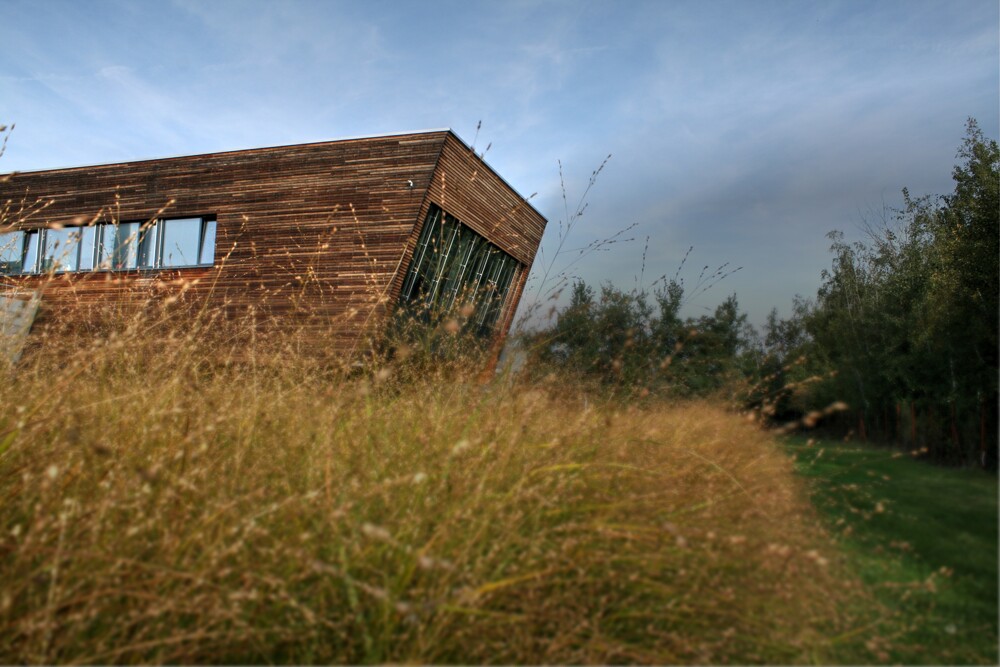

Under the influence of the current trend towards energy savings, builders are placing particular emphasis on the thermal insulation
properties of new windows. In contrast, light transmittance takes a back seat in their decision-making, despite the fact that
it has a major impact on the quality of the indoor environment in buildings where we spend up to 80% of our time. Measurements
carried out in collaboration between the CTU UCEEB and Window Holding as part of the Healthy Window project have shown that
some triple glazing can significantly reduce light transmission into the interior for a large part of the light spectrum important
for our health. The biggest problems can occur during renovations where it is not possible to compensate for lower light transmission
by increasing the area of existing windows.
UCEEB's Indoor Environment Research Team has long been working with Window Holding on the Healthy Window project. Within
the framework of this project, we are conducting experiments to examine the structural and physical properties of large-scale
samples of built-in windows and to propose an optimal solution based on them. One of the parameters being investigated is
light transmittance, because reducing light transmission and daylight access to buildings has negative effects on mental and
physical well-being, especially in the areas of biorhythm and body weight regulation, visual functioning, cognitive function,
attention retention and motivation, which is particularly important in hospital, school, residential or office buildings.
Window replacements are currently being carried out primarily for energy savings. From the original double glazing without
coating, which was commonly installed 40 years ago, the glazing used has changed to double and triple glazing with coating,
which achieves great energy savings. In terms of the internal environment, however, the light transmission has deteriorated,
ranging between 70-80 % for double glazing and 60-70 % for triple glazing, whereas in earlier times it was over 85 % (the
original double non-insulating glazing). Other required functions of the glass (acoustic, security, anti-sun) also have a
negative effect on the light transmission.
The biggest problems can occur in renovations where it is not possible to compensate for the lower light transmission by
increasing the area of the existing windows. In these cases, it is a good idea to consider, on the one hand, the need to use
acoustic and security foils, higher glass thicknesses and, on the other hand, the choice of glazing with special glass or
coatings with higher light transmission.
The Healthy Window project (CZ.01.1.02/0.0/0.0/20_321/0024328) was supported under OP PIK Application VIII.